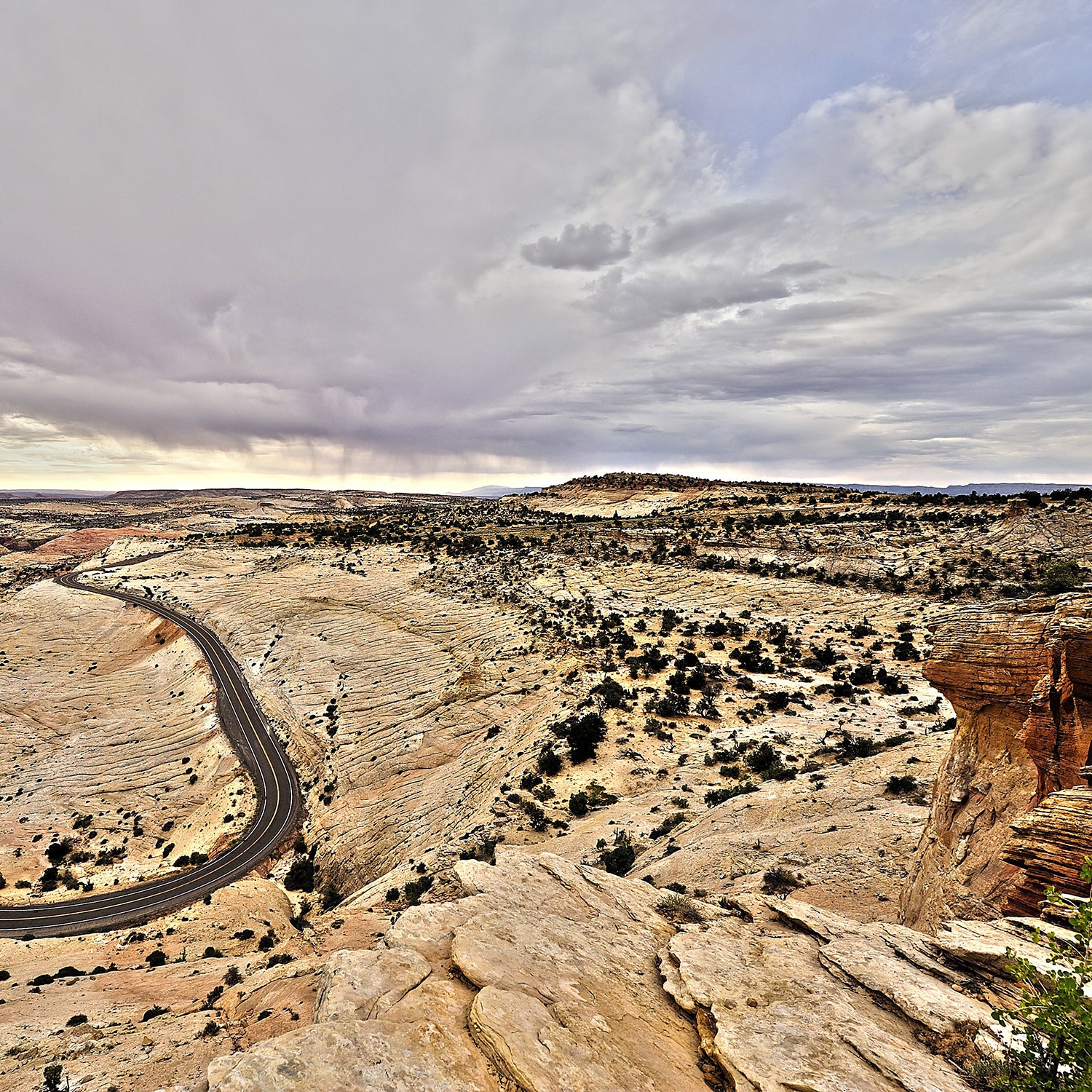Under by the Bureau of Land Management, most of the land President Trump excised from Grand-Staircase Escalante National Monument would become available to oil, gas, and coal companies. Under the same plan, Bears Ears National Monument would be managed in a way that “provides more flexibility” for uses like mining, timber harvest, grazing, and off-road vehicles. This, despite promises from Trump and Interior Secretary Ryan Zinke that the quest for energy dominance had nothing to do with their decisions to drastically shrink both monuments last year.
And the plans come even though the fate of these monuments is far from settled. After President Trump reduced the size of Bears Ears by 1.15 million acres and Grand Staircase by 900,000 acres, conservation and tribal groups promptly filed five lawsuits arguing that the Antiquities Act, which Trump invoked, allows a president to create, not shrink, national monuments.
With litigation pending, monument proponents say any change to management plans is premature. “It’s an entire waste of time,” Steve Bloch, legal director of the Southern Utah Wilderness Alliance, told . “It’s clear that they are trying to race ahead and do as much damage as they can in the shortest time possible.”
The documents identify four management alternatives for both monuments, and in both instances the agencies identified the least-restrictive option as their preferred way forward. While both management plans are a major departure from the protections afforded monuments, the changes proposed for Grand Staircase-Escalante are notably stark. Under BLM’s preferred plan, nearly 700,000 acres of the original monument would be open for extraction. (BLM included a detailing the potential for coal, oil, and natural gas development.) No areas in the monument would be managed as wilderness.
Interior Secretary Ryan Zinke, in defending his department’s call to shrink the monuments, has said that “not one square inch” of land is being removed from the federal estate, but BLM’s plan would sell off 1,610 acres of Grand Staircase.
“The Grand Staircase-Escalante National Monument already has a plan that should remain in place, continuing to protect the priceless antiquities within its borders, at least until a court rules on the legality of the Trump reduction,” Nicole Croft, executive director of the conservation nonprofit , said in a statement.
In Bears Ears, where the mineral potential is far less, the greatest risk is to the Native American cultural artifacts that prompted the original monument designation. It’s estimated that over 100,000 cultural sites exist within the original monument boundary, an area that was subject to extensive looting in recent decades.
“It’s time that Native voices, as the original peoples of the Bears Ears region, are heard and the sovereign rights of Native Nations to protect their sacred places are recognized,” Honor Keeler, assistant director of Utah Diné Bikéyah, said in a release. “The Bears Ears region is a sacred place that cannot be chopped up into pieces, for it is a sacred place in its entirety that has been used for thousands of years by the Indigenous Peoples of these lands.”
The proposed Bears Ears plan calls for an American Indian Tribal Collaboration Framework to incorporate tribes in management decisions, but elected tribal officials have told Congress and the administration that , given they asked for monument protection in the first place.
The draft plans dovetail with broader efforts, led by Republicans, to minimize protection of cultural artifacts and wildlife on public land. For instance, the preferred management plan for Bears Ears “emphasizes resource uses and reduces constraints while … maintaining compliance with existing laws and regulations,” but Republican attacks on bedrock environmental laws such as the Clean Air Act, Endangered Species Act, and National Environmental Policy Act would make compliance much easier for polluting industries.
Attorneys suing the Trump administration have told ���ϳԹ��� they would request an injunction to any change in management plans, which would add yet more time and money to an already drawn-out and expensive battle over national monuments. “By the BLM’s own estimate, the Grand Staircase plan alone has already cost American taxpayers $1,160,004,” Croft wrote. “That’s money desperately needed to improve hiking trails, hunting grounds, and law enforcement.”


